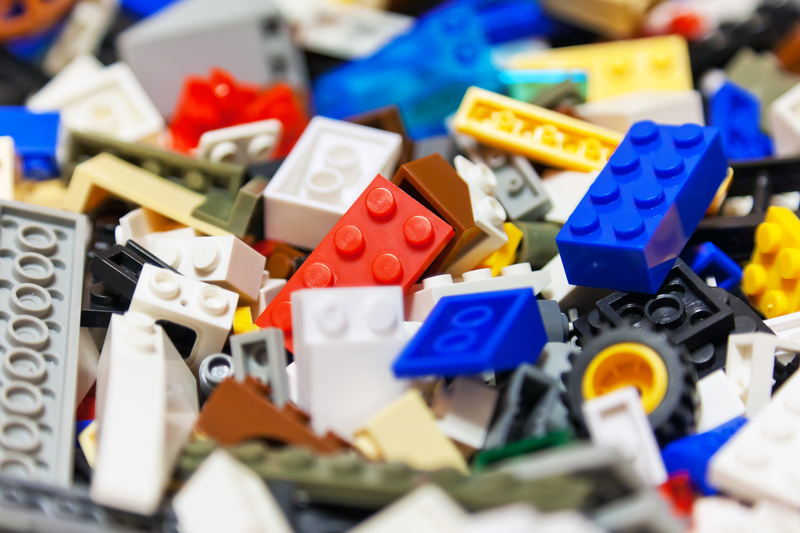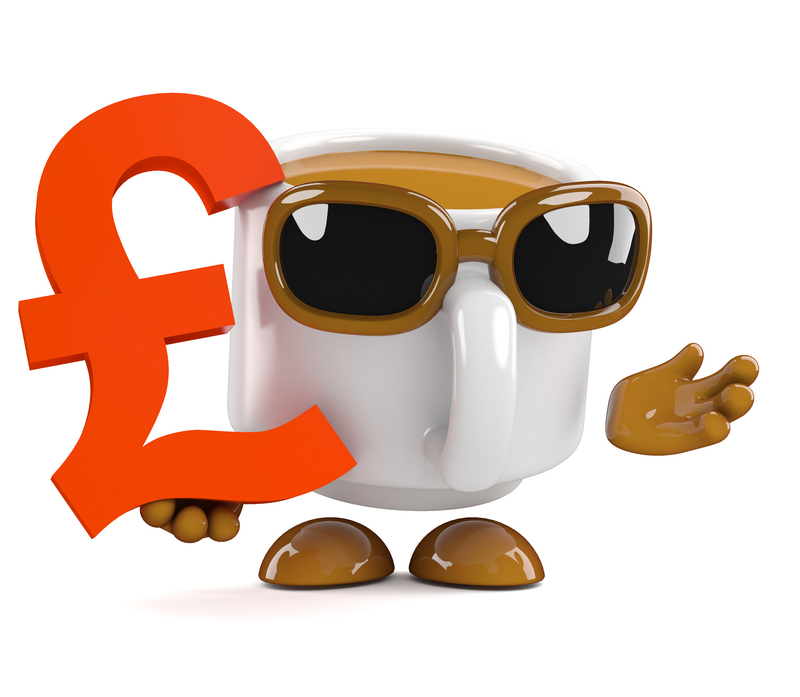Breaking the Box: Sustainable Cardboard and Packaging
In the modern era of increasing environmental concern, the spotlight is firmly on sustainable packaging solutions. Among the myriad alternatives, sustainable cardboard packaging stands out as a key player shaping a greener future for both businesses and consumers. In this comprehensive article, we'll explore the evolution, benefits, innovations, and future trends surrounding sustainable cardboard and packaging.
Why Sustainable Cardboard Packaging Matters
The plastics crisis, growing landfills, and consumer demand for eco-friendly products have prompted companies to rethink their approaches to packaging. Sustainable cardboard packaging is rapidly becoming an industry standard as organizations strive to reduce their ecological footprint.
- Environmental Impact: Cardboard packaging is biodegradable, renewable, and typically sourced from managed forests or recycled materials.
- Consumer Perception: Today's shoppers prefer brands that prioritize sustainability, making green packaging a crucial aspect of brand loyalty.
- Legislation and Regulations: More countries are setting strict waste, recycling, and materials guidelines, pushing businesses to adopt eco-friendly packaging options.
The Challenges of Conventional Packaging
Conventional packaging materials--particularly plastics--pose significant environmental hazards. They often require centuries to break down, leak toxic substances, and contribute to the ever-growing plastic waste problem. Furthermore, many traditional packaging processes consume large amounts of fossil fuels and water resources.
Cardboard: The Renewable Packaging Revolution
Cardboard is crafted from cellulose fiber found in wood and recycled paper--resources that can be replenished and reused. Sustainable cardboard packaging brings many benefits:
- Renewability: Sourced from responsibly managed forests.
- Recyclability: Can be recycled five to seven times, reducing reliance on virgin materials.
- Biodegradability: Breaks down quickly and safely when disposed of properly.
- Efficient Manufacturing: Requires less energy and water to produce than plastics or metals.

Innovations in Sustainable Cardboard and Packaging
As the demand for green solutions grows, businesses and scientists are developing pioneering approaches to maximize the sustainability of cardboard packaging and other sustainable packaging solutions.
1. Water-Based and Soy Inks
Traditional packaging often uses petroleum-based inks which are difficult to recycle and pollute soil and water. Now, many manufacturers are turning to water or soy-based inks for a more sustainable print that is safe for recycling and composting.
2. Zero-Waste and Minimalist Designs
The trend towards minimal packaging is gaining steam. Companies minimize cardboard use or eliminate inner fillers, opting for perfectly sized boxes, sleeves, or wraps. This reduces both costs and material waste.
3. Innovative Structures and Reusability
Creative design is transforming the possibilities of sustainable cardboard packaging. Interlocking flaps, molded inserts, and reinforced corners allow for sturdy yet lightweight boxes, while some packaging is designed for a second life as children's toys or home storage solutions.
4. Compostable Laminates and Barriers
New advances are enabling cardboard packaging with protective barriers that remain fully compostable or biodegradable, as opposed to traditional plastic coatings that contaminate recycling streams.
5. Digital Printing and Customization
Digital print technology reduces waste by allowing short print runs, lower ink consumption, and tailored designs to avoid excess inventory and unsold packaging.
The Lifecycle of Sustainable Cardboard
Understanding the journey of sustainable packaging cardboard helps highlight its true environmental advantage.
1. Responsible Sourcing
Forest stewardship and recycled material sourcing are foundational. Organizations such as the Forest Stewardship Council (FSC) certify cardboard that is responsibly harvested and processed.
2. Efficient Manufacturing
- Modern cardboard factories often operate on renewable energy sources.
- Closed-loop water systems prevent pollution and minimize waste.
- Offcuts and trimmings are reprocessed into new cardboard.
3. Distribution and Logistics
Lighter and stackable, cardboard packaging saves on transportation emissions by increasing shipping efficiency and reducing fuel consumption compared to heavier or bulkier alternatives.
4. Consumer Use and Upcycling
After unboxing, cardboard packaging can be reused--serving as organizers, mailing parcels, or crafting projects. Many companies encourage creative upcycling to extend the packaging's useful life.
5. Recycling and Composting
Once its journey is complete, cardboard packaging is easily recycled at curbside facilities or composted in soil-friendly environments. This circular economy reduces the need for new materials and helps keep packaging out of landfills.
Sustainable Cardboard Packaging Across Industries
The versatility and eco-friendliness of sustainable cardboard packaging make it ideal for various industry applications.
- Retail: Boxes, sleeves, and display solutions for clothing, electronics, and home goods.
- E-commerce: Shipping boxes designed for protection and minimal material use.
- Food and Beverage: Compostable cartons for snacks, produce, and beverages, often with natural water-resistant coatings.
- Health and Beauty: Custom-shaped packaging that highlights ecological credentials.
- Luxury Goods: High-end, recyclable designs offering premium aesthetics and sustainability.
Case Study: Leading Brands Embracing Sustainable Cardboard Packaging
Many global brands are pioneering advances in sustainable packaging:
- Amazon: Frustration-Free Packaging program focuses on curbside-recyclable cardboard with easy-open features, reducing waste and improving the delivery experience.
- IKEA: Innovations in flat-pack and corrugated cardboard furniture showcase durability and recyclability.
- Nestle: Transitioned to paper and cardboard-based packaging for many product lines, cutting plastic output considerably.
Barriers to Broader Adoption of Sustainable Packaging
Despite widespread benefits, sustainable cardboard packaging faces several challenges:
- Cost Perception: Green materials can have higher upfront costs, though those decrease as adoption and innovation rise.
- Performance Concerns: Some products--especially liquids or perishables--still require plastic barriers for optimal freshness and safety. However, ongoing R&D is closing this gap.
- Consumer Education: Not all consumers understand the proper disposal of cardboard packaging. Education on recycling and composting is key to maximizing positive impact.
- Color and Print Limitations: Some colors and finishes may not be possible with eco-friendly inks or unbleached materials, requiring creative compromises from brands.
Future Trends in Eco-Friendly Cardboard Packaging
The push for environmentally sound packaging is only accelerating as companies and consumers join forces to demand better alternatives. Here's what to expect moving forward:
- Next-Gen Biodegradable Coatings: Scientists are developing totally plant-based, compostable solutions that rival plastics in barrier performance.
- Smart Packaging Technologies: Embedding QR codes and sensors in cardboard for better product tracking, authentication, and recycling sorting.
- Increased Customization and Automation: Machines capable of producing custom cardboard packaging on-demand--minimizing waste and overproduction.
- Community-Based Recycling Initiatives: Programs to close recycling gaps in regions lacking access to facilities can improve circular recovery rates for all cardboard types.
How Businesses Can Transition to Sustainable Packaging
For organizations seeking to adopt more sustainable packaging, here's a step-by-step approach:
1. Audit Current Packaging
Identify all materials currently in use, their sources, and their end-of-life destinations.
2. Partner With Certified Suppliers
Choose vendors with FSC or comparable certifications, and a transparent supply chain. Seek out packaging specialists offering recycled and recyclable cardboard options.
3. Redesign Packaging for Minimalism and Recyclability
- Downsize boxes to fit products snugly, eliminating unnecessary void fill.
- Use single-material solutions for easier recycling.
4. Educate Staff and Consumers
Implement training and informational campaigns explaining the importance of recycling, composting, and best practices for sustainable packaging.
5. Measure Impact and Adjust
Track key metrics such as packaging waste, recycling rates, cost savings, and customer feedback to refine sustainability initiatives and maximize ROI.
The Role of Consumers in Advancing Sustainable Packaging
While businesses play a crucial role, individual consumers can support sustainable cardboard packaging in several impactful ways:
- Choose Brands With Eco-Friendly Packaging: Support companies prioritizing genuine sustainable solutions.
- Recycle and Compost Properly: Break down boxes, remove tape, and sort materials according to local guidelines.
- Upcycle Creatively: Give packaging a second life by reusing for storage, crafts, or gifting.
- Advocate for Change: Let retailers know sustainable packaging matters through reviews, social media, and direct requests.

Conclusion: Unboxing a Greener Future
Sustainable cardboard and packaging is more than just a passing trend--it's a transformative movement redefining how products are shipped, stored, and shared. With innovation on the rise and global awareness of environmental issues at an all-time high, the shift to eco-friendly, recyclable, and compostable packaging solutions is reshaping industries and habits worldwide.
By embracing sustainable packaging strategies, both businesses and consumers can help safeguard our planet for future generations. The next time you receive a package, take a closer look at the cardboard box--it's a symbol of progress on our journey toward sustainability.
Frequently Asked Questions About Sustainable Cardboard Packaging
- Is all cardboard packaging sustainable? Not necessarily. Look for packaging made from recycled content, FSC-certified sources, and labeled as compostable or recyclable.
- How do I recycle cardboard packaging? Break down boxes, remove non-paper elements, and follow local recycling rules.
- What innovations are on the horizon for sustainable packaging? Expect compostable coatings, smarter packaging design for reuse, and greater automation in custom cardboard manufacturing.
The future of packaging is green, and sustainable cardboard is leading the way. Join the movement towards a circular, waste-free world--one box at a time!